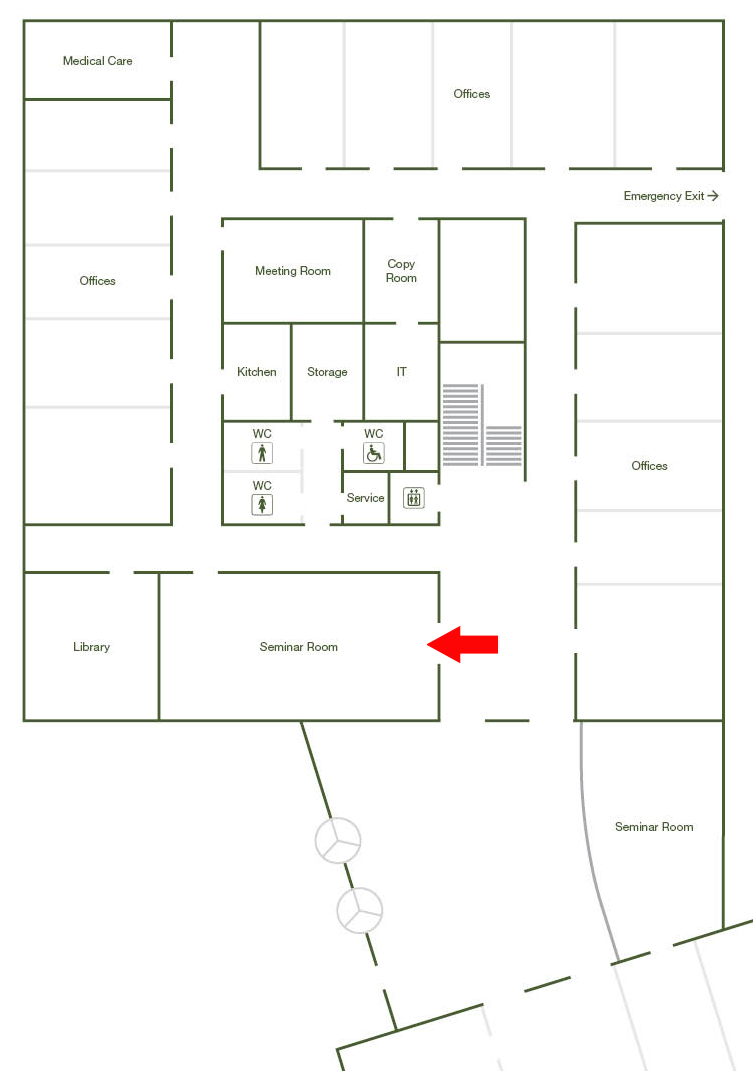Studying Topological Defect Formation with Matrix Product States

Topological defect formation, as described by the Kibble-Zurek Mechanism (KZM), is a highly generic phenomenon that occurs in a wide range of systems from condensed matter to cosmology. Despite the generality of the KZM description, it is surprisingly hard to confirm in the case of quantum field theories (QFT) undergoing quantum phase transitions. This difficulty can be attributed to the more general technical challenge of performing non-equilibrium non-perturbative calculations in quantum theory, for which there is currently no well-developed method. To attempt to tackle this problem, we apply matrix product state techniques, specifically uniform-matrix-product-states and the time-dependent-variational-prinicible, and attempt to identify signatures of topological defect formation in the $\phi^{4}$ QFT. Our results given a picture consistent with topological defect formation via the KZM and thus provide an excellent benchmark for tensor network techniques, suggesting they are highly promising for future applications to non-perturbative non-equilibrium QFT, and quantum theories more generally.